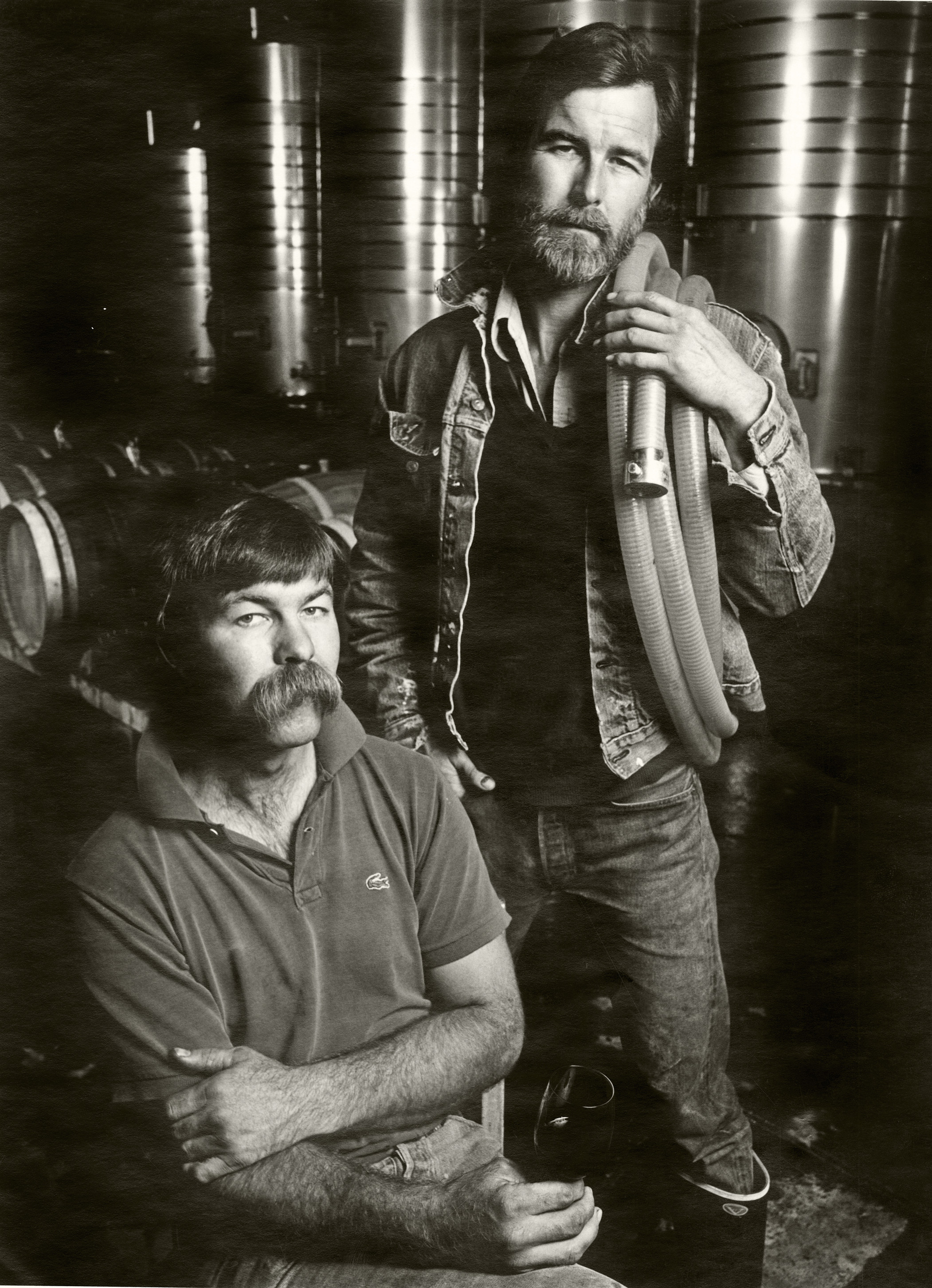 |
| Credit: PlumpJack Group |
Since 1999, John has been general manager at Napa Valley winery PlumpJack, which is co-owned by California Lieutenant Governor Gavin Newsom and San Francisco philanthropist Gordon Getty. During Conover’s time, the estate has grown from 1,000 cases a year to 10,000, and PlumpJack’s Oakville Estate offering has developed quite a reputation. Conover is also a partner in Cade, a Howell Mountain estate, which kicked off in 2009. And he has his hands in a third Napa project, Odette Estate, which recently opened at the former Steltzner Vineyards property.
It’s hard to imagine how Conover does anything else. But, like me, John has another powerful passion: surfing. We’re both members of two global tribes (wine nerds and waveriders), so John and I had a lot to talk about when we met a few weeks ago at Civil Cigar Lounge in Washington, DC.
I always enjoy meeting other surfers. We’re a fun- and nature-loving group, and we love putting ourselves in extreme situations just for kicks. John told me stories of surfing through heavy kelp in Santa Cruz and Monterrey, and I traded tales of catching bombs at Salmon Creek, a beach break on the Sonoma Coast, and getting into some shady situations at remote spots in Mendocino. My stories of chasing swell around New Jersey and Delaware beaches couldn’t really compare with his frequent reef pilgrimages to the North Shore, the Mentawais and Indo. But, then again, the guy runs several big-time Napa Cabernet projects, and I’m a writer.
John seems to strike a balance between his wine and his surfing. He tries to paddle out a few times a week. During harvest, when the grapes are reaching peak ripeness and the Pacific is lighting up with swell, things can get a little hectic. (I know the feeling. Try to get me to commit to anything during September. When the Atlantic starts kicking, I cannot be relied upon.)
We tasted through some of his 2010 Napa Cabernets, a vintage we both praised for its freshness and vibrancy. “But,” he added, “just wait until you try the 2012s. And the 2013s.”
I asked John about some of the changes at PlumpJack over the years. He told me he never thought he’d have a double-digit number of employees. “But now I have 40 of the most passionate people in the world.” It’s simple, he says: “Great grapes and great people make great wine.”
The wines, I have to admit, are damn good. And they’re highly delicious. There’s no denying a similar stylistic thread weaves through Cade and PlumpJack. (I haven’t yet tasted Odette Cabs.) “Approachable” is a word Conover embraces, and it’s a fitting descriptor. The 2010s have tons of flavor yet — dare I say? — a graceful presence on the palate. Even so, I’d love to stash some Cade and PlumpJack 2010s away for five or six years, just to see what kind of deliciousness seeps out.
I took some notes on four wines from the evening. Check out my notes below.
2012 Cade Sauvignon Blanc - California, Napa Valley
$50
Aromas of white peach, green apple, honeysuckle and lemon zest. Crisp and clean on the palate, with green apple peel, white peach and apricot flavors. I love the mineral and sea shell components to this wine. In a sea of mediocre Napa Sauv Blancs, this one exudes personality.
2010 Cade Cabernet Sauvignon Napa Cuvée - California, Napa Valley
$60
Smells so floral and fresh, with blackberries, rose petals, vanilla bean and sweet mocha. The palate is full of flavor, but so silky, fresh and downright sexy. Sweet berries, kirsch, vanilla, cedar, cola and root beer flavors abound. So pure and lively, with notes of loam and potpourri on the finish. Seems like one of the most approachable 2010 Napa Cabs I’ve tasted, although it’ll hold up well.
2010 Cade Cabernet Sauvignon Howell Mountain - California, Napa Valley, Howell Mountain
$80
Similar to the 2010 Napa Valley blend, but a bit deeper, showing a bit more fight and grip. Fine tannins, crisp acid, lovely complexity of black and red currant fruit. Notes of violets, cola, mocha, cedar, vanilla and campfire coals. Complex, so full yet pure and easy to drink. A gorgeous Howell Mountain Cab. 100% Cab aged 18 months in 80% new French oak. This deserves some cellar contemplation.
2010 Plumpjack Cabernet Sauvignon Estate - California, Napa Valley, Oakville
$100
Aromas of blackberries, currants, dark chocolate shavings and cedar. Firm but somehow silky tannins, and that lovely 2010 freshness. The wine is like velvet on the palate, with black cherries, currants, vanilla, violets, cola and note that reminds me of sweet and sour sauce. Unashamedly delicious and easy to drink, yet this wine is full of complexity and structure. Drank from a magnum decanted, and it was beautifully expressive, getting more so with each minute.
May your Napa Cabs be delicious and your winds offshore. Cheers!
This post first appeared in the daily wine blog Terroirist.










